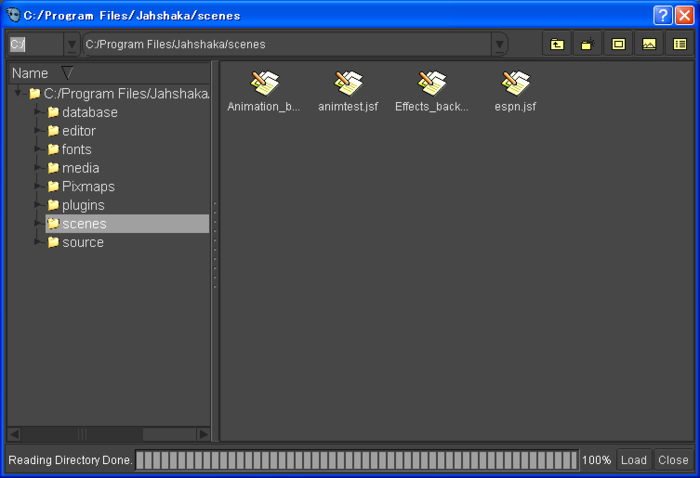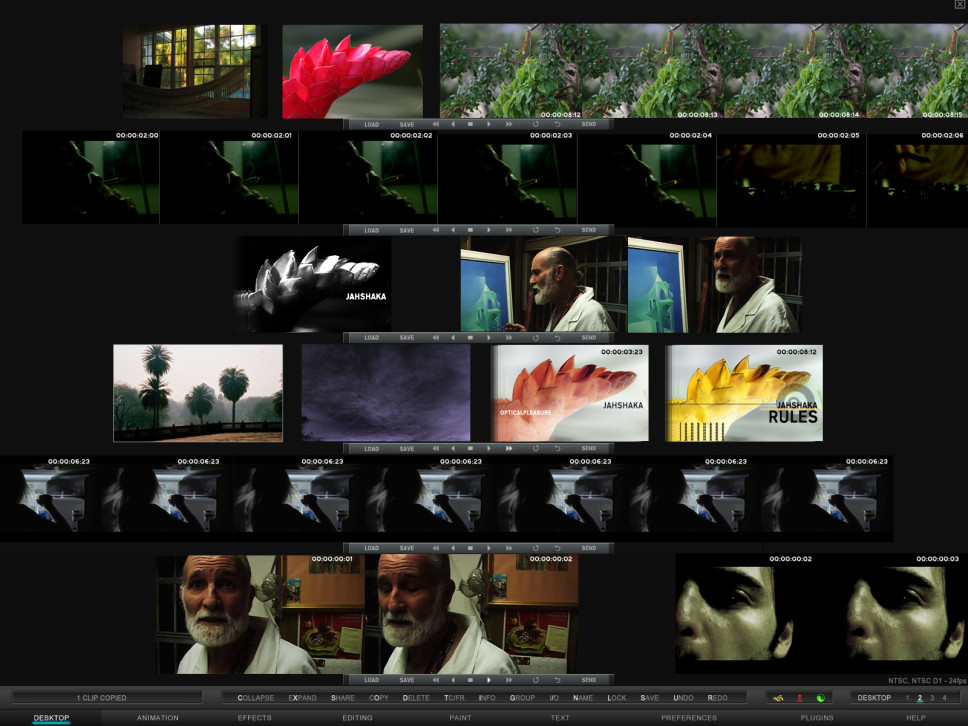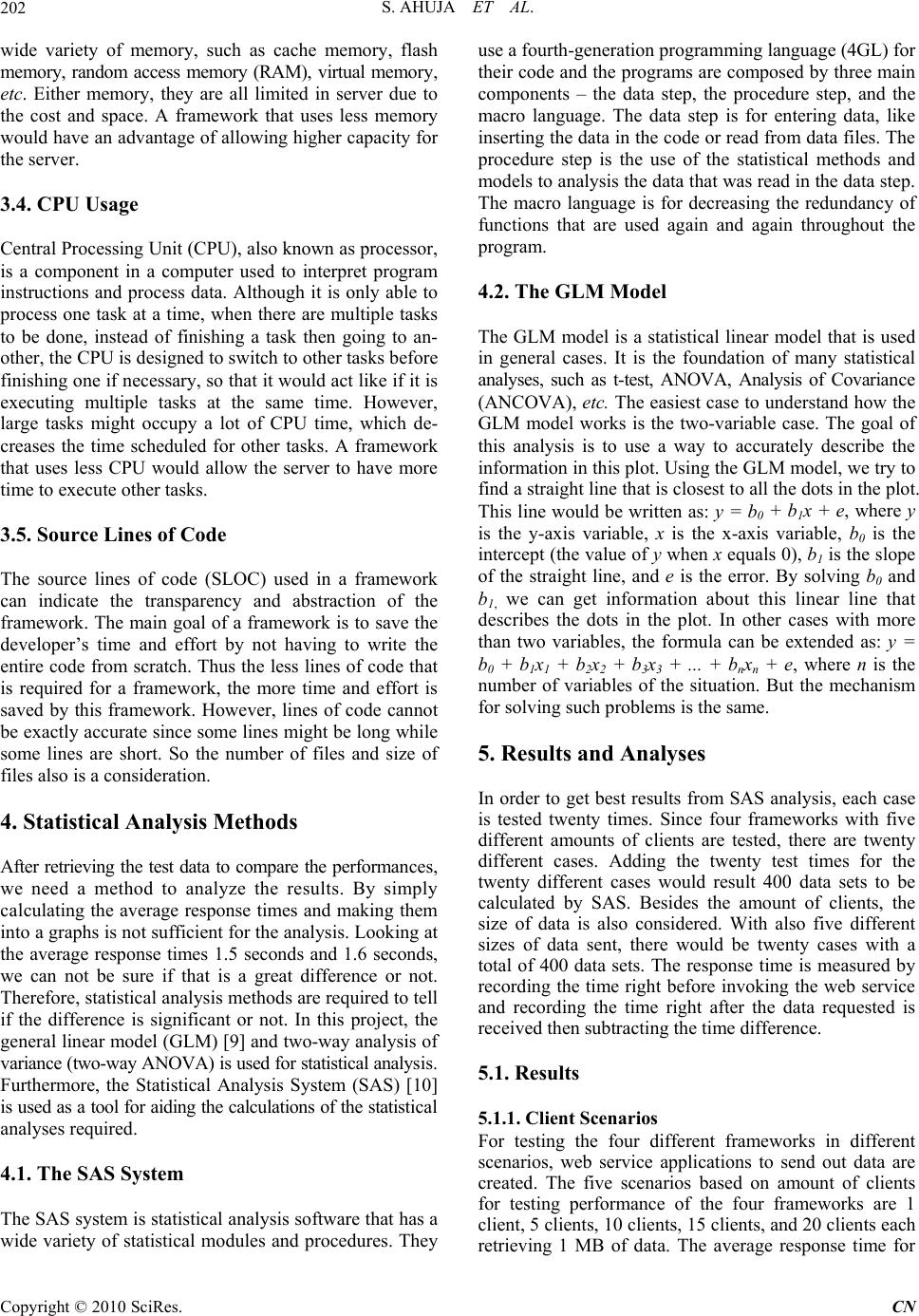

So when I came down, and the first night they took me out, I saw that tiny gramophone, and coming from Jamaica in 1957 with all the soundsystem and music in the air, that felt cold, man.

When I got to Nottingham, where I had relatives, I wrote him to tell him I was in the country. So anyway, instead of sending the records, I brought them with me, to surprise my brother. He kept asking me to come to England, but I’d stay in Jamaica ’cause installing radios then was good for me, it was a good job. I had brought 27 records from Jamaica for my brother, who was already living there and had asked me to send him some music that I would get from Tom. The only thing I found the first night I went out was a Grundig gramophone. But when I reached the UK, there was no soundsystem. This was 1957, so when I left Jamaica, soundsystem was in its heyday, they was on top, you know? With Duke Reid and Coxsone, even though Tom had come off the circuit already. I couldn’t understand the difference between resistors and capacitors, but still… So eventually I got a magazine and there was a little circuit inside, an electronic magazine from America. I didn’t know it was a valve it looked like a very small bottle. I opened the back of it, and the first thing I saw was this valve. What sucked me in was the day one of the radios broke down.
#JAHSHAKA USER GUIFR PDF INSTALL#
My job was to install these radios – they taught me to do that, I did this for about two years.īut I wasn’t yet deep into electronics.

At the time, radios were inside a polished, teakwood cabinet. Clarke was running a small company importing Mercury radios from America. I was seeing these guys knitting wires and t’ings like that, it was very fascinating. I went see him a couple times, and then I left school at about 14, right? So I started to work with a man called Clarke. Eventually I got to realize that Tom was the top sound on the island. Tom actually was my cousin, and I was living 19 miles away from Kingston, but on the weekend, these people living in Kingston, Tom and my cousins, they’d come over for dinner and t’ings. Before them was Nick, and there was Tom the Great Sebastian. Growing up in music, there were more sounds than Coxsone and Duke Reid. When I was about seven years old, in Jamaica.

But after several months, I finally got lucky enough to cross his path in Tottenham Hale, North London, for one of the very few interviews ever granted by this legend of a soundman. Eventually, Metro’s unparalleled works played a key role in Shaka becoming the most acclaimed dub soundsystem in England from the 1970s on.Ī man who managed to make himself as invisible as he is respected, Metro isn’t exactly a phone call away. His name is Percival Miller, but he’s better known as Metro.īorn in Jamaica in 1941, Metro is the genius sound engineer who built Shaka’s custom tube amplifiers – called “valves” in the UK – the power and quality of which was unrivaled for decades and triggered years and years of questions, pale imitations and general geeking out. What’s his real name? Did he really shut down a rival sound by just putting his finger on his mouth? But throughout these stories, another ghost-like character inevitably appears. There have been innumerable anecdotes passed from one generation to the next about Shaka. From its early days in the 1960s, London’s diasporic Jamaican soundsystem culture has been filled with a multitude of mysterious characters: Exhibit A, Jah Shaka.


 0 kommentar(er)
0 kommentar(er)
